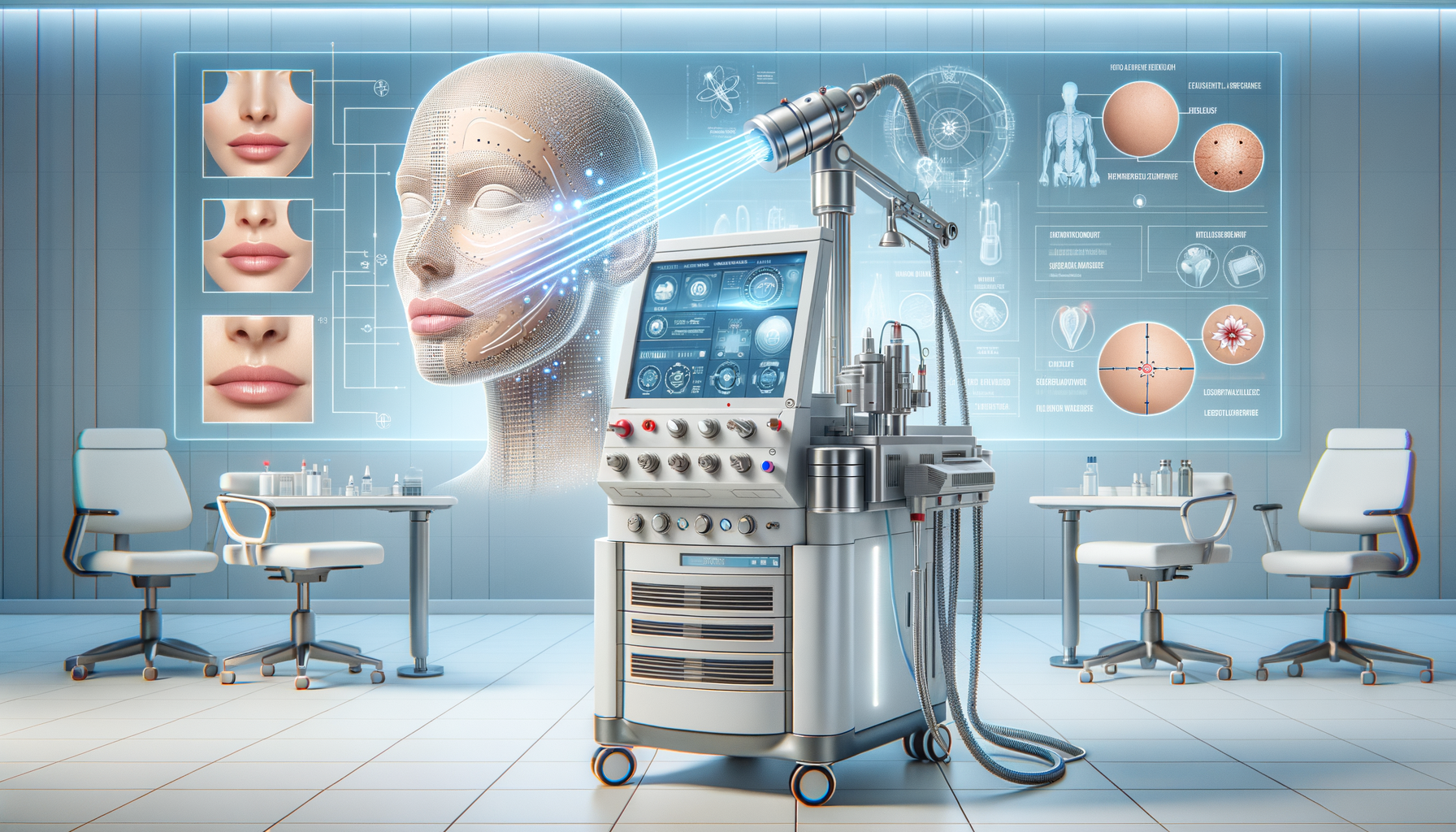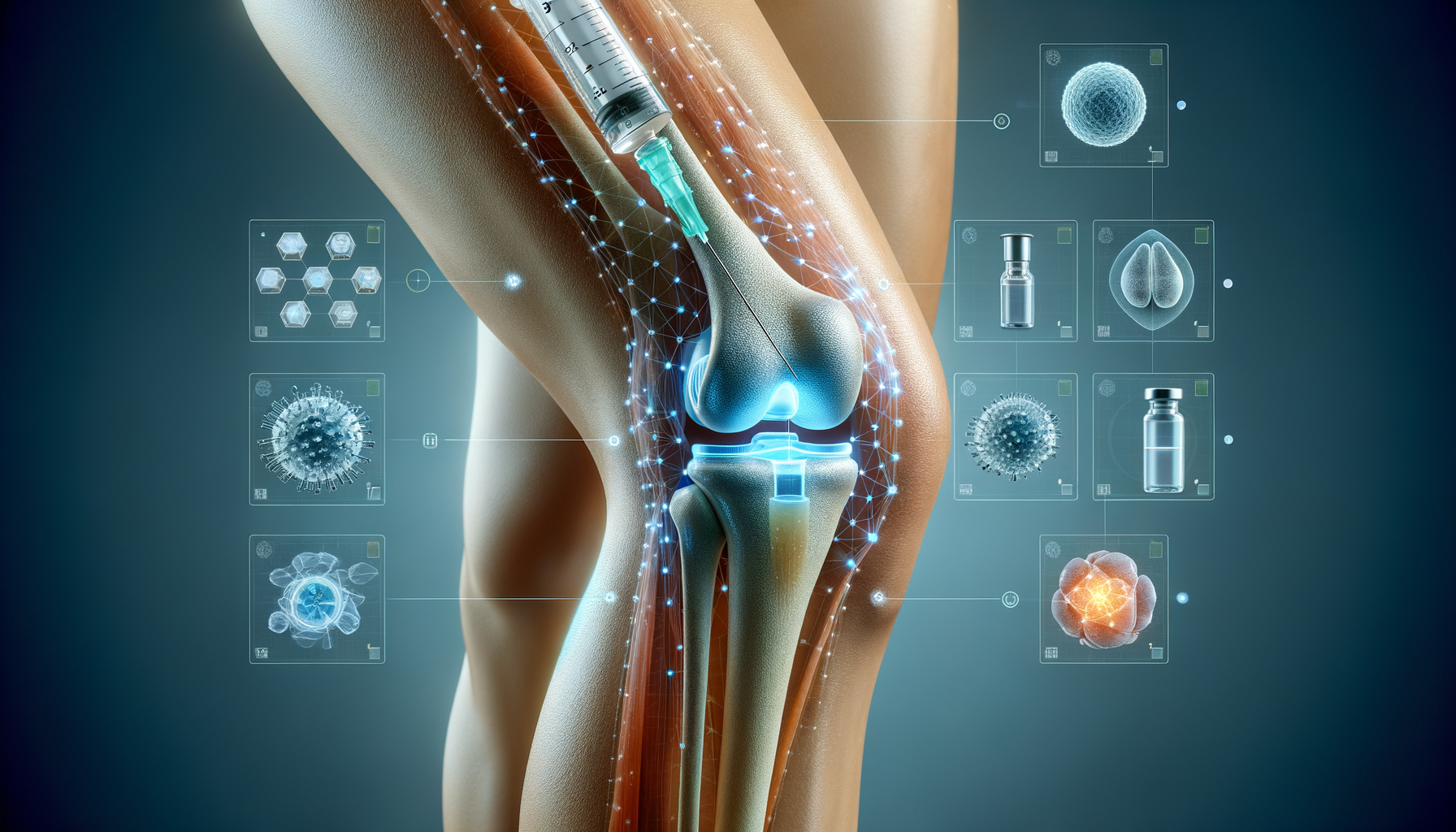Understanding the Basics of Laser Face Lifts
In the realm of cosmetic procedures, the laser facelift has emerged as a popular non-surgical option for those looking to rejuvenate their appearance. Unlike traditional facelifts, which involve incisions and a longer recovery period, laser facelifts use advanced laser technology to tighten and lift the skin. This procedure works by stimulating collagen production, which naturally declines with age, leading to sagging skin and wrinkles.
The laser facelift is typically performed in a dermatologist’s office or a specialized clinic and does not require general anesthesia. Instead, a topical anesthetic is applied to minimize discomfort. The laser device emits a focused beam of light that penetrates the skin, heating the underlying tissue without damaging the surface. This process triggers the body’s natural healing response, promoting collagen production and resulting in firmer, more youthful-looking skin.
Some key benefits of laser facelifts include:
- Minimal downtime compared to surgical facelifts
- Non-invasive with no need for incisions
- Gradual, natural-looking results
- Improvement in skin texture and tone
While results can vary, many patients notice improvements in their skin’s appearance within a few weeks, with optimal results appearing after several months as collagen continues to rebuild. This makes laser facelifts an appealing choice for individuals seeking subtle enhancements without the risks associated with surgery.
Comparing Laser Facelifts to Traditional Facelifts
When considering a facelift, potential patients often weigh the differences between laser facelifts and traditional surgical facelifts. Each method has its advantages and considerations, making it essential to understand what each entails.
Traditional facelifts involve making incisions around the hairline and ears to lift and tighten the underlying facial muscles and remove excess skin. This surgery can provide dramatic results, effectively addressing deep wrinkles and significant sagging. However, it requires a longer recovery period, often several weeks, and carries risks associated with anesthesia and surgical complications.
In contrast, laser facelifts offer a less invasive alternative with a quicker recovery time. There are no incisions, and most patients can return to their regular activities within a day or two. The laser facelift is ideal for those with mild to moderate signs of aging who seek a more natural transformation. However, the results are less dramatic than surgical options, and multiple sessions may be needed to achieve the desired outcome.
Ultimately, the choice between a laser facelift and a traditional facelift depends on individual goals, the extent of aging, and personal preferences. Consulting with a qualified cosmetic specialist can help determine the most suitable approach based on specific needs and expectations.
The Science Behind Laser Technology in Skin Rejuvenation
Laser technology has revolutionized the field of cosmetic dermatology, offering innovative solutions for skin rejuvenation. The laser facelift is a prime example of how this technology harnesses light energy to improve skin appearance and texture.
The procedure typically utilizes fractional lasers, which deliver microbeams of light to the skin’s deeper layers. This targeted approach allows for precise treatment of specific areas, minimizing damage to surrounding tissue. The laser energy heats the dermal layers, prompting the body to produce new collagen and elastin fibers. These proteins are essential for maintaining skin elasticity and firmness, which naturally diminish with age.
As the skin heals from the laser treatment, patients often notice a reduction in fine lines, improved skin tone, and a more lifted appearance. The gradual nature of the results is one of the reasons why laser facelifts are favored by those looking for subtle, natural-looking enhancements.
Laser technology continues to evolve, with advancements leading to more effective and safer treatments. Newer laser devices offer customizable settings, allowing practitioners to tailor the procedure to individual skin types and concerns. This personalized approach ensures optimal results while minimizing the risk of side effects.
Potential Risks and Considerations of Laser Facelifts
While laser facelifts offer numerous benefits, it’s important to be aware of potential risks and considerations before undergoing the procedure. As with any cosmetic treatment, individual experiences can vary, and certain factors may influence outcomes.
Common side effects of laser facelifts include temporary redness, swelling, and mild discomfort in the treated area. These symptoms typically subside within a few days. However, in rare cases, more serious complications such as burns, scarring, or skin discoloration can occur, particularly if the procedure is performed by an inexperienced practitioner.
To minimize risks, it’s crucial to choose a qualified and experienced dermatologist or cosmetic surgeon. During the consultation, discuss your medical history, skin type, and any previous cosmetic procedures to ensure the laser facelift is appropriate for you.
Additionally, individuals with certain skin conditions, such as active acne or eczema, may not be suitable candidates for laser facelifts. It’s essential to have realistic expectations about the results, as the procedure may not address severe sagging or deep wrinkles as effectively as surgical options.
By thoroughly researching and consulting with a trusted professional, you can make an informed decision and increase the likelihood of a successful and satisfying outcome.
Conclusion: Is a Laser Facelift Right for You?
For those considering a laser facelift, the decision ultimately depends on personal goals, skin condition, and comfort with non-surgical procedures. This innovative technique offers a less invasive path to facial rejuvenation, appealing to those looking to enhance their appearance without the downtime and risks associated with surgery.
Laser facelifts provide a gradual improvement in skin texture and firmness, making them suitable for individuals with mild to moderate signs of aging. However, it’s important to have realistic expectations and understand that multiple sessions may be necessary to achieve the desired results.
If you’re intrigued by the prospect of a laser facelift, consulting with a qualified cosmetic specialist is the first step. They can assess your skin and recommend the most appropriate treatment plan tailored to your needs. With the right approach, a laser facelift can be a valuable tool in your journey towards a refreshed and youthful appearance.




Leave a Reply